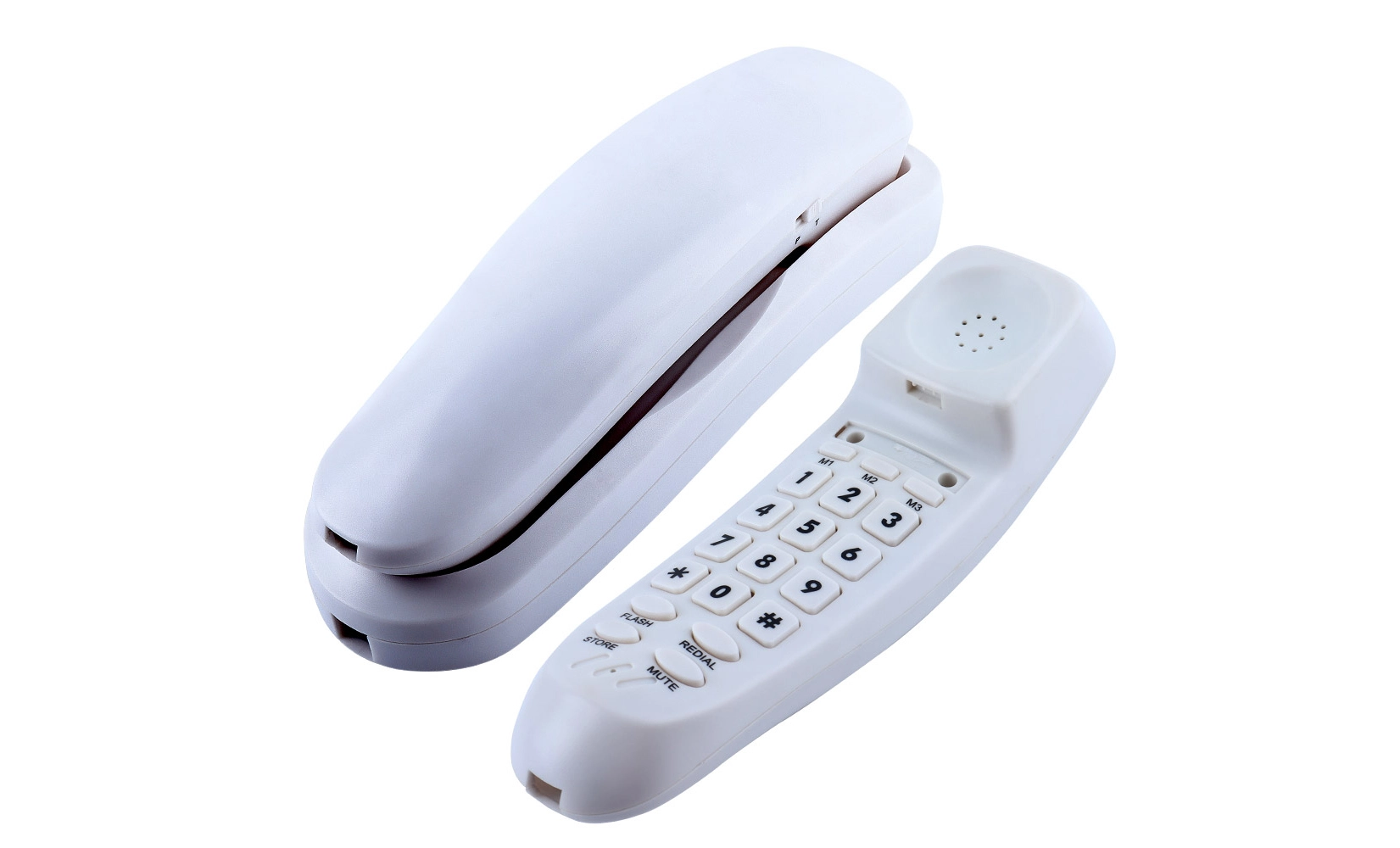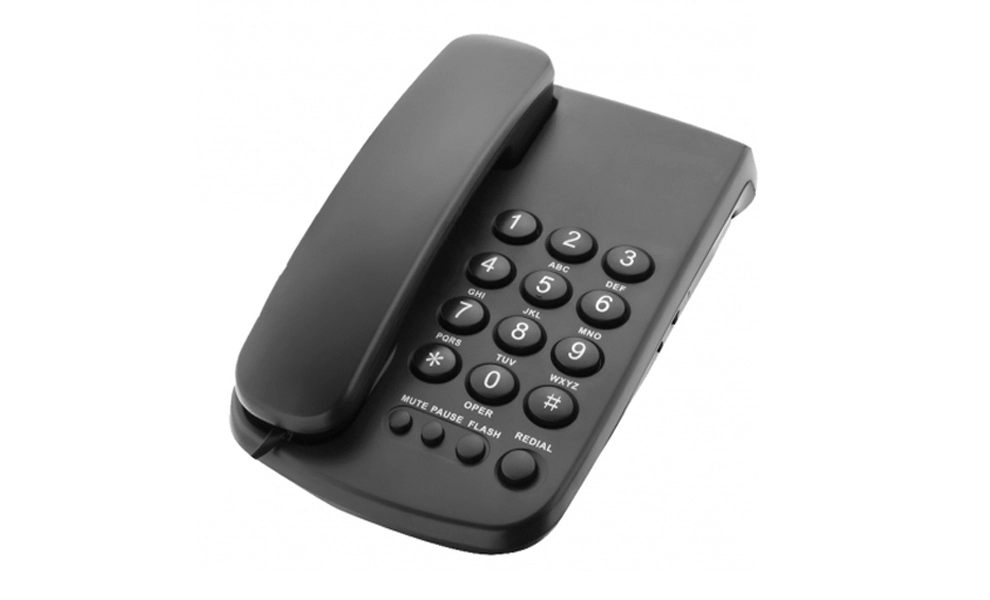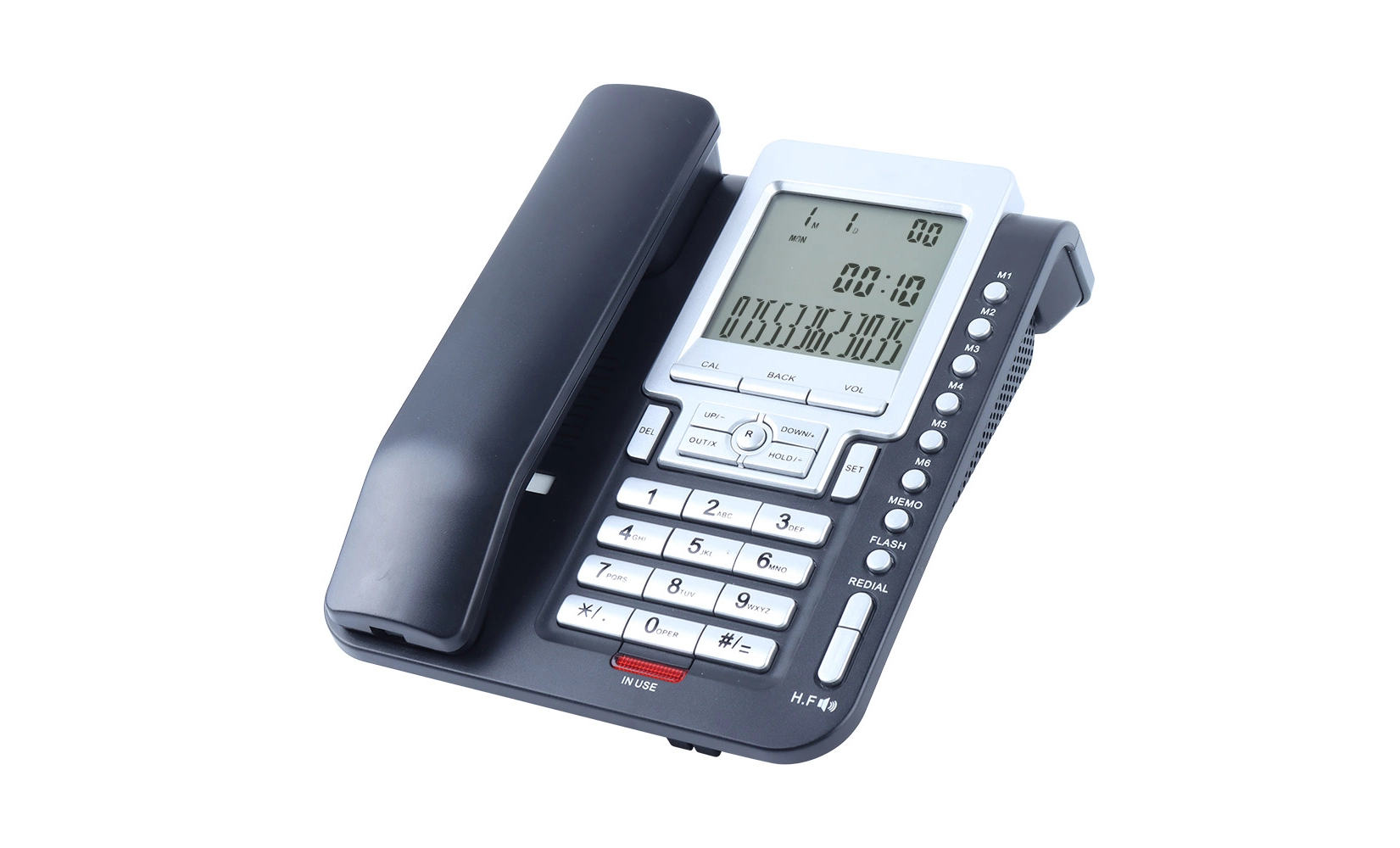What make antique telephone unique?
Antique telephones possess a unique charm that sets them apart from modern communication devices. These vintage marvels captivate with their intricate designs, craftsmanship, and historical significance. Antique telephones embody the evolution of communication technology, showcasing ornate details, quality materials, and mechanical ingenuity. Their tactile nature, from the satisfying click of a rotary dial to the weight of a handset, offers a sensory experience absent in today's digital world. Moreover, these timeless pieces serve as functional art, blending nostalgia with practicality in a way that modern phones simply cannot replicate.
The Timeless Appeal of Antique Telephone Design
Craftsmanship and Materials
Antique telephones are renowned for their exceptional craftsmanship and use of high-quality materials. Unlike the mass-produced plastic devices of today, vintage phones were often crafted from durable metals, polished wood, and even Bakelite - an early plastic known for its resilience and beauty. The attention to detail in these older models is evident in every aspect, from the carefully etched numbers on rotary dials to the intricately designed mouthpieces and receivers.
Many antique telephones feature brass or copper components that develop a beautiful patina over time, adding to their character and appeal. The use of these materials not only contributed to the longevity of the devices but also gave them a substantial feel that modern phones lack. The weight and solidity of an antique telephone in one's hand is a tactile reminder of the era's emphasis on quality and durability.
Iconic Styles and Aesthetics
The design of antique telephones varies greatly, reflecting the artistic and cultural movements of their respective eras. From the elaborate Victorian-style candlestick phones to the sleek Art Deco models of the 1930s, each type tells a story of its time. The iconic rotary dial, introduced in the early 20th century, became a symbol of telephone technology for decades and remains a nostalgic favorite among collectors and enthusiasts.
Color also plays a significant role in the aesthetic appeal of antique telephones. While early models were typically black, the mid-20th century saw an explosion of colorful options. Pastel pinks, mint greens, and bold reds became popular choices, allowing telephones to serve as decorative elements within the home. These vibrant hues contrast sharply with the often muted or monochromatic designs of contemporary smartphones.
Functional Art Pieces
Antique telephones blur the line between functional device and art piece. Many models were designed with an eye towards aesthetics, featuring elegant curves, decorative elements, and even hand-painted details. The Western Electric Model 202, for instance, is renowned for its streamlined design that perfectly embodied the Art Deco movement of the 1930s.
In modern interiors, antique telephones serve as conversation starters and focal points. Their unique designs can complement various décor styles, from vintage-inspired rooms to eclectic modern spaces seeking a touch of history. The juxtaposition of an antique telephone against contemporary furnishings creates a compelling visual contrast that many interior designers and homeowners appreciate.
The Mechanical Marvel: How Antique Telephones Work?
The Inner Workings
Antique telephones operate on principles that seem almost magical in their simplicity compared to today's complex digital systems. At their core, these devices rely on the conversion of sound waves into electrical signals and back again. The mouthpiece, or transmitter, contains a diaphragm that vibrates with the speaker's voice. These vibrations are converted into electrical pulses that travel through the phone line to the receiver at the other end.
The receiver works in reverse, converting the electrical signals back into sound waves that the listener can hear. This basic principle remained largely unchanged for decades, with improvements focusing on clarity and volume rather than fundamentally altering the mechanism. The elegance of this system lies in its reliability and the directness of the connection it creates between callers.
The Rotary Dial Revolution
One of the most iconic features of many antique telephones is the rotary dial. This mechanical marvel replaced the earlier system of manually connecting calls through an operator. The rotary dial works by interrupting the electrical current in the phone line a specific number of times for each digit dialed. For example, dialing a '5' would create five pulses in the line.
The physical act of dialing required a certain level of engagement from the user, creating a more deliberate and mindful approach to making a call. The tactile feedback and the distinctive sound of the dial returning to its resting position became ingrained in the cultural memory of several generations. This hands-on interaction stands in stark contrast to the quick taps and swipes of modern touchscreens.
Ringer Mechanisms
The ringing mechanism in antique telephones is another aspect that sets them apart from their modern counterparts. Many vintage models use a mechanical bell system, typically consisting of two metal bells and a clapper. When an incoming call is detected, an electrical current activates the clapper, causing it to strike the bells alternately and produce the characteristic ringing sound.
This analog system produces a warm, resonant tone that many find more pleasant and attention-grabbing than the electronic ringtones of today. The volume and clarity of these mechanical ringers made them effective even in large homes or noisy environments, a testament to the thoughtful engineering behind these devices.
The Cultural Significance of Antique Telephones
Symbols of Technological Progress
Antique telephones stand as tangible reminders of the rapid technological advancements of the late 19th and early 20th centuries. The telephone revolutionized communication, dramatically shrinking distances between people and transforming both personal relationships and business practices. Each model of antique telephone represents a step forward in this journey, from the early wall-mounted units to the more compact desk models that became ubiquitous in homes and offices.
These devices were often at the cutting edge of technology for their time, incorporating new features and improvements with each iteration. The progression from operator-assisted calls to direct dialing, and from party lines to private connections, is reflected in the evolving designs of antique telephones. As such, they serve as important artifacts in the history of human communication and technological innovation.
Nostalgia and Emotional Connection
For many people, antique telephones evoke powerful feelings of nostalgia. They harken back to a time when phone calls were events in themselves, often reserved for important conversations or special occasions. The act of dialing a rotary phone or sitting next to a corded device during a long conversation are experiences that resonate deeply with those who lived through those eras.
This emotional connection extends beyond personal memories to a broader cultural nostalgia. Antique telephones appear frequently in period films and television shows, instantly establishing a sense of time and place. Their distinctive rings and the sound of a rotary dial in action are auditory cues that immediately transport listeners to a different era, making these devices powerful tools for storytelling and scene-setting in media.
Collectors' Items and Investment Pieces
The unique characteristics of antique telephones have made them highly sought-after items among collectors. Rare models, particularly those in excellent condition or with unique features, can command significant prices in the antique market. Collecting antique telephones allows enthusiasts to own a piece of communications history and often serves as an investment opportunity.
The value of antique telephones extends beyond monetary considerations. Many collectors appreciate these devices for their historical significance, craftsmanship, and the stories they tell about technological evolution. Restoration of antique telephones has become a niche hobby, with enthusiasts working to preserve these pieces of history for future generations to appreciate and learn from.
Conclusion
Antique telephones captivate us with their unique blend of form and function, serving as windows into the past while remaining relevant in the present. Their exquisite craftsmanship, mechanical ingenuity, and cultural significance set them apart from modern communication devices. As we continue to advance technologically, these vintage marvels remind us of the elegance and thoughtfulness that went into early telecommunications design. Whether admired for their aesthetic appeal, collected for their historical value, or used as functional art pieces, antique telephones continue to hold a special place in our hearts and homes.
Unique vintage look + modern call quality combined | CHEETA
CHEETA, a professional analog telephone maker with over 18 years of experience, offers a perfect blend of vintage aesthetics and modern functionality. Our extensive range of antique-style telephones combines the charm of yesteryear with contemporary call quality and reliability. With a state-of-the-art 1,200㎡ factory and a team of expert engineers, we produce 1,000 analog units daily, ensuring fast delivery and customization options.
Our commitment to quality is evident in our rigorous 11-step inspection process, resulting in a failure rate below 1%. CHEETA's products meet international standards including CE, RoHS, FCC, and UN38.3. Experience the nostalgia of antique telephones without compromising on modern communication needs. For more information about our unique offerings, contact us at allen@cheeta.com.cn.
References
1. Smith, J. (2019). The Evolution of Telephone Design: From Antique to Modern. Communications History Quarterly, 45(2), 78-95.
2. Johnson, R. (2020). Collecting Antique Telephones: A Comprehensive Guide. Vintage Technology Press.
3. Brown, A. & Davis, M. (2018). The Cultural Impact of Antique Telephones in Film and Television. Media Studies Journal, 33(4), 210-228.
4. Lee, S. (2021). Restoration Techniques for Vintage Communication Devices. Journal of Historical Technology Preservation, 12(3), 145-162.
5. Thompson, E. (2017). The Art of Telephone Design: From Bakelite to Smartphones. Industrial Design Review, 28(1), 55-70.

Kindly inform us your interested product and your detailed requirement, so that we can give you a best suggestion.

Shenzhen Cheeta Technology Co., Ltd – Leading Communication Telephone Manufacturer



